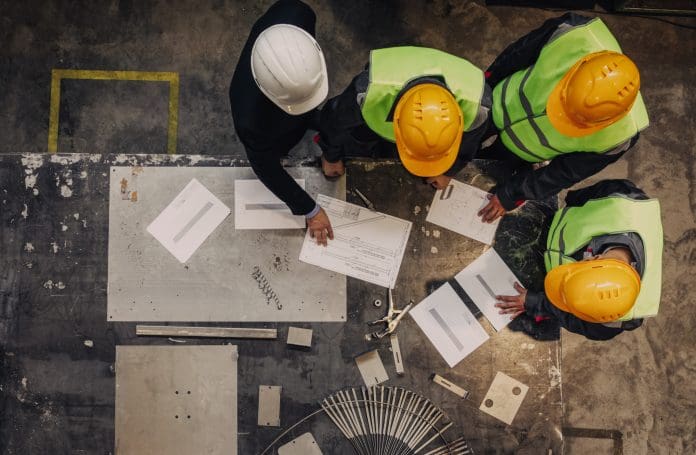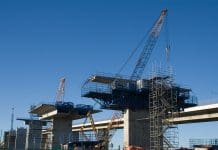Now that the long-awaited 2024 edition of the JCT Design and Build Contract has been published, Harkishan Singh, Senior Party Wall Surveyor at McBains, asks how many are aware of how the new version can affect party wall proceedings on both commercial and residential projects?
The dynamics between Design and Build contracts and party wall proceedings play a pivotal role in shaping the outcome of both commercial and residential projects. The choice of contract type can significantly influence the parties involved, their responsibilities, and the overall success of the project.
Design and Build Contracts, renowned for their efficiency and simplicity, consolidate the design and construction phases under a single entity, offering clients a streamlined process from inception to completion. However, implementation can pose unique challenges when it comes to party wall matters.
Commercial and residential projects
In commercial projects, where timelines and budgetary constraints reign supreme, Design and Build Contracts are often favoured for their ability to expedite the construction process. Yet, the haste in project execution can sometimes neglect the intricacies of party wall agreements, leading to potential disputes with adjoining owners. The integration of design and construction under a single contract entity can sometimes blur the lines of responsibility, leaving gaps in addressing party wall obligations.
On the residential front, where emotional and financial investments run high, the stakes are equally significant. Design and Build Contracts can offer homeowners a convenient one-stop solution, promising efficiency and cost-effectiveness. Nonetheless, the complexity of party wall issues can easily be overlooked amidst the excitement of project commencement.
In both commercial and residential contexts, the absence of clear delineation of party wall responsibilities within Design and Build Contracts can lead to delays, disputes, and additional costs. Failure to address these concerns adequately not only jeopardises the project’s timeline and budget but also strains relationships between parties, potentially tarnishing reputations and future prospects.
Collaboration between contractors and developers
The new changes to the Design and Build Contract encourage contractors and developers to work more closely together, which should benefit the party wall process, because it means information requested by adjoining owners surveyors can be prepared more quickly, as both contractor and developers will be working on the party wall solutions, which should shorten the party wall process enabling the developer to start with notifiable works.
To mitigate such risks, building owners can proactively address party wall considerations at the contract negotiation stage by involving a Party Wall Surveyor. Clear delineation of responsibilities, establishment of communication protocols, and incorporation of mechanisms for dispute resolution are paramount. Collaborative engagement with adjoining property owners from the project’s outset fosters goodwill and promotes amicable resolution of potential conflicts.
Moreover, engaging qualified professionals, such as party wall surveyors and legal advisors, well-versed in party wall matters, ensures compliance with regulatory requirements and minimises the likelihood of disputes. Investing in thorough due diligence and comprehensive risk assessment upfront can save invaluable time, resources, and reputational damage down the line.
While Design and Build Contracts offer undeniable benefits in expediting construction processes, their impact on party wall proceedings cannot be overstated. By recognising the inherent complexities and proactively addressing party wall considerations, building owners can navigate the intersection of Design and Build Contracts with confidence, ensuring successful outcomes for both commercial and residential projects.














